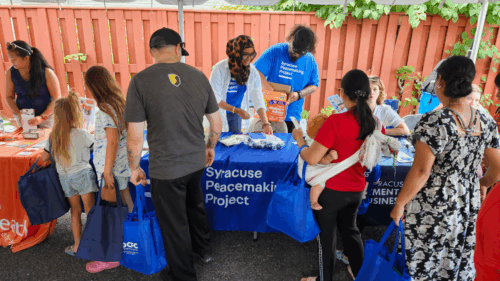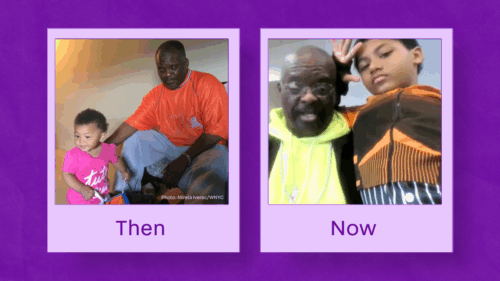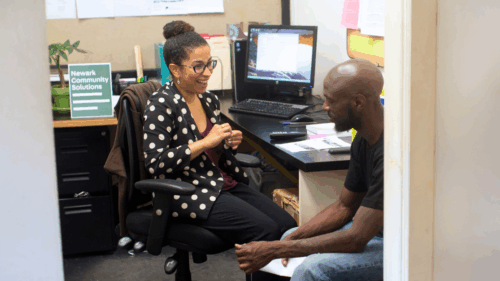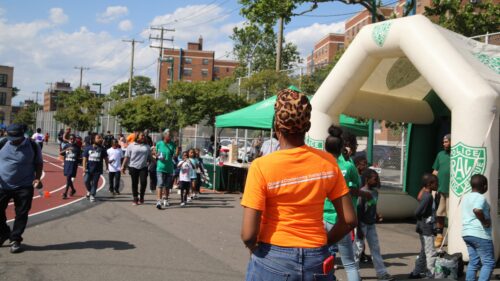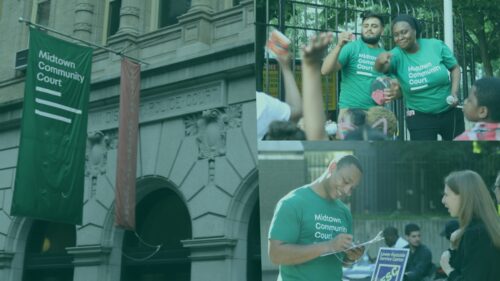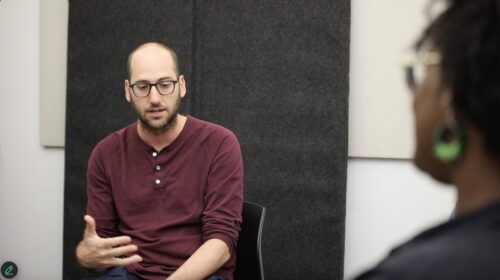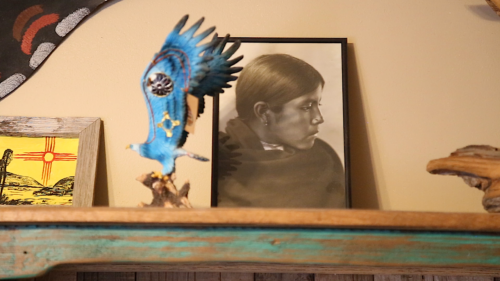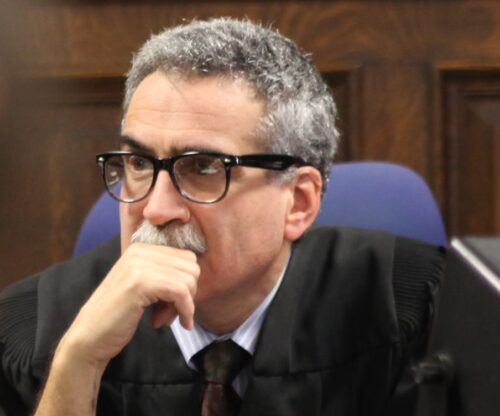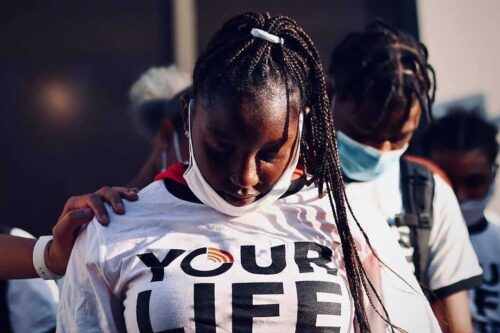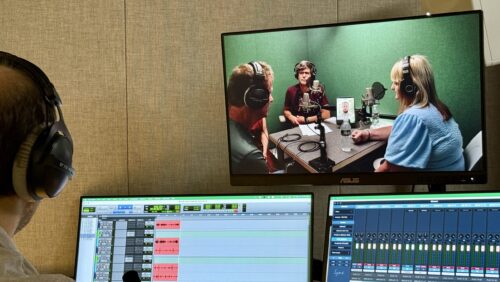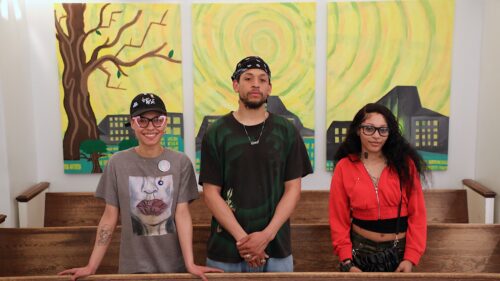Denver’s Community Justice Councils
Since launching its community prosecution program in 1996, the Denver District Attorney’s Office has been able to sustain a far-reaching program on a relatively tight budget. The key has been to leverage scarce resources both in and outside the office. Probably the most important way that the office has leveraged resources is by encouraging the community to play an active leadership role. The Denver District Attorney’s Office has developed a number of ways to nurture and sustain community involvement: through community justice councils, which bring stakeholders together to set priorities and develop new problem-solving strategies; through community accountability boards, which use community volunteers to determine restorative sanctions for offending youth; and through a community court, which has worked closely with local stakeholders in shaping its mission and programs.
One of the Denver D.A.’s Community Justice Unit’s first initiatives was establishing community justice councils. Interestingly, the councils have evolved over time, demonstrating how important it is for community prosecutors to be flexible and adapt to the needs of different neighborhoods.
The first justice councils were organized in the Denver neighborhoods of Globeville and Capitol Hill by former Community Prosecution Division Director Susan Motika, whom Ritter hired in 1997. Motika’s assignment, as she describes it, was to “develop a constructive, proactive relationship with community residents to help them identify crime and quality of life problems and develop strategies for addressing them.” Motika, a Denver native, brought a diverse background to the work—she had been at the Massachusetts Attorney General’s Office, working on elder protection litigation, juvenile justice, and victims’ rights issues. And before law school, she had worked as a community organizer.
From the beginning, Motika met whomever she could. “What I did was meet as many key neighborhood stakeholders as possible. I also met with the neighborhood police officers and got a history of the strategies and approaches that have been used—what’s been effective for them and what hasn’t been effective.”
Motika sought to build partnerships with local organizations, but found that it wasn’t always possible. While some community organizations were strong and democratic others were fledgling or less representative of a cross-section of the neighborhood. As an alternative, she came up with an idea to create an entirely new committee representing a broad range of stakeholders—residents, business leaders, community center directors, faith leaders, school teachers, community police officers, prosecutors and elected city and state representatives. “I had done community organizing and been in law enforcement work. I’d been in both worlds. It made sense to me to bring all the people together,” Motika said. Since the first committees in Globeville and Capitol Hill, similar committees—which came to be known as community justice councils—were organized in several other Denver neighborhoods.
Each council has 20 to 35 members who are chosen by community prosecutors through in depth interviews. “We ask people a series of open ended questions about problems in the neighborhood, what approaches have been helpful in the neighborhood, what their role has been, what their hopes and dreams for the neighborhood are,” Motika says. “We’re looking at selecting people with a common vision for neighborhood safety. This is not a popularity contest where the most popular or powerful person wins. People are chosen for their belief in working toward a safe and unified neighborhood.”
Over time, the Community Justice Unit’s use of community justice councils has evolved. While they were originally envisioned as an essential partner to any successful community prosecution effort, the unit has come to see them as useful in only certain neighborhoods, particularly those that lack strong community infrastructure. In neighborhoods with strong local organizations, prosecutors have found that creating a council is redundant.
“In some neighborhoods it may make sense for the prosecutor to create an opportunity for people with widely divergent views and an interest in public safety to come together,” Motika said. “But where you’ve got a strong resident organization, you want to try and complement them and support them, not say ‘Your organization is no good, government is going to do its version instead,’” Motika said.
“The prosecutor could spend time creating community justice councils, but that’s not always a fertile use of his or her time,” Motika said. Or, a council may be useful for a few years until another resident organization becomes more vibrant, at which time the prosecutor’s office might disband the justice council in favor of the home-grown group, Motika said.
Ultimately, prosecutors’ experience with justice councils reinforced two lessons: first, that the prosecutor’s office can sometimes be just as effective—perhaps even more so—leveraging existing resources rather than creating new community resources from scratch; and second, that different communities require different approaches—a single cookie-cutter model won’t do the trick. Motika feels it’s vital to include young people on the community justice councils—and in any community prosecution initiative. “That’s extremely important because adults in many distressed neighborhoods are complaining about juvenile crime. Young people should be part of shaping the plan for making a safe neighborhood and not merely talked about as ‘you kids’ and ‘those people.’ ”



